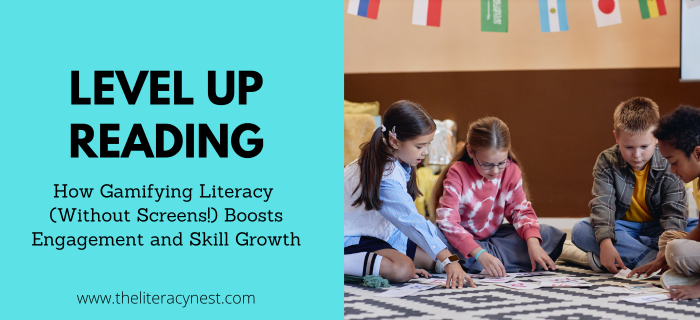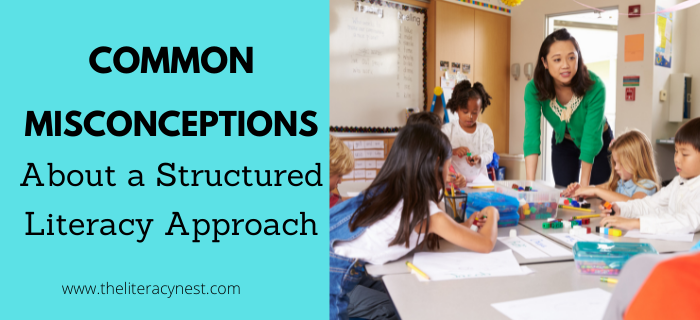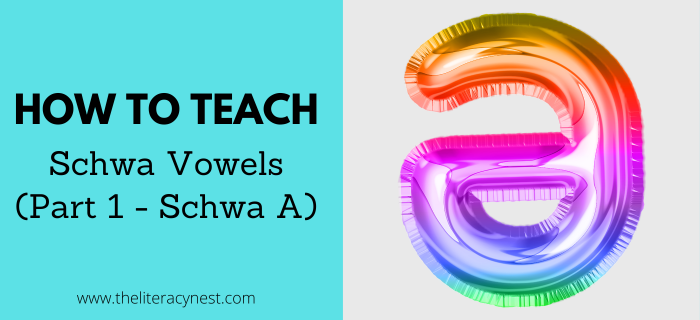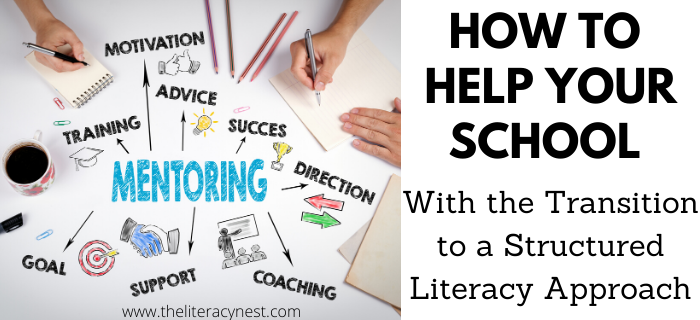Level Up Reading: Literacy Games Without Screens
Why Play Still Matters in Serious Reading Instruction Teachers who use structured literacy or Orton-Gillingham lessons know how important direct and explicit teaching is. But even with all that structure, there’s still room for play. When teachers bring simple, low-prep literacy games into reading instruction, something powerful happens. Students stay motivated, pay attention longer, and…









